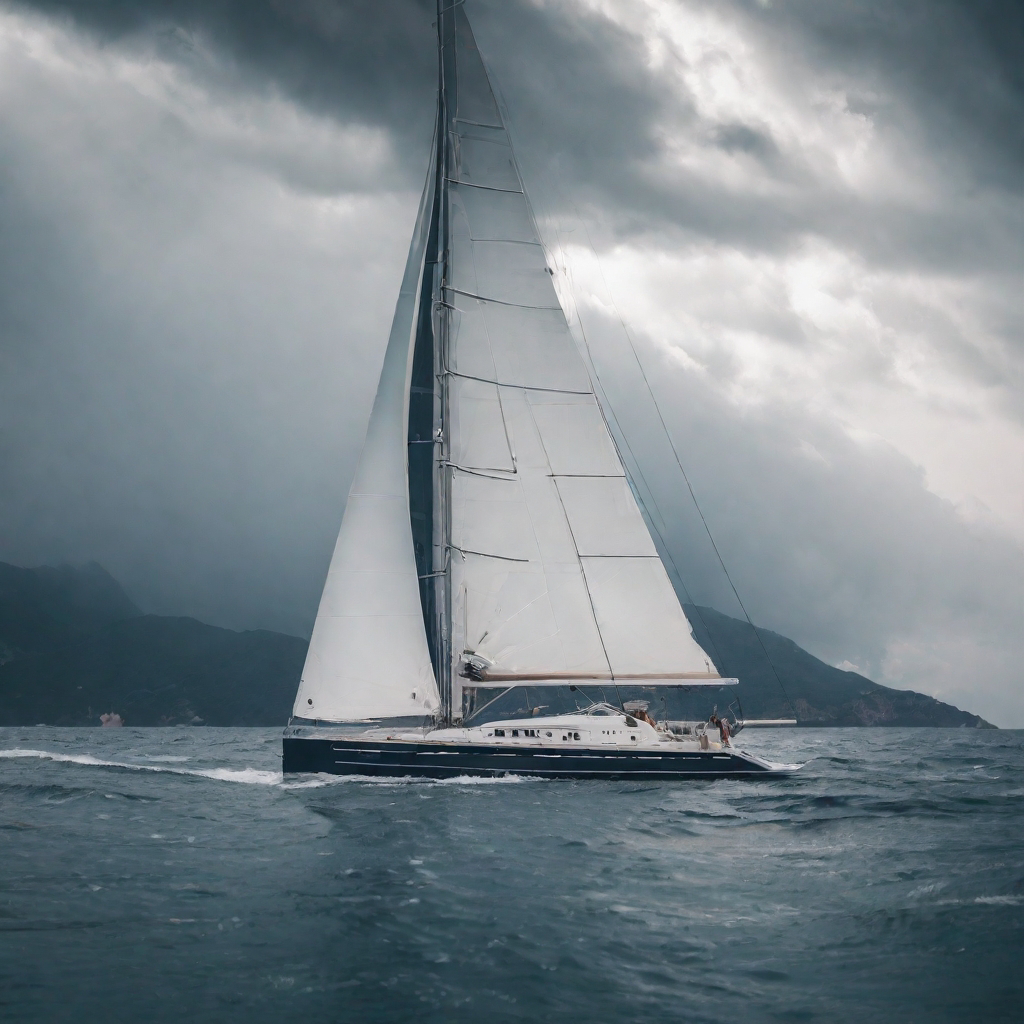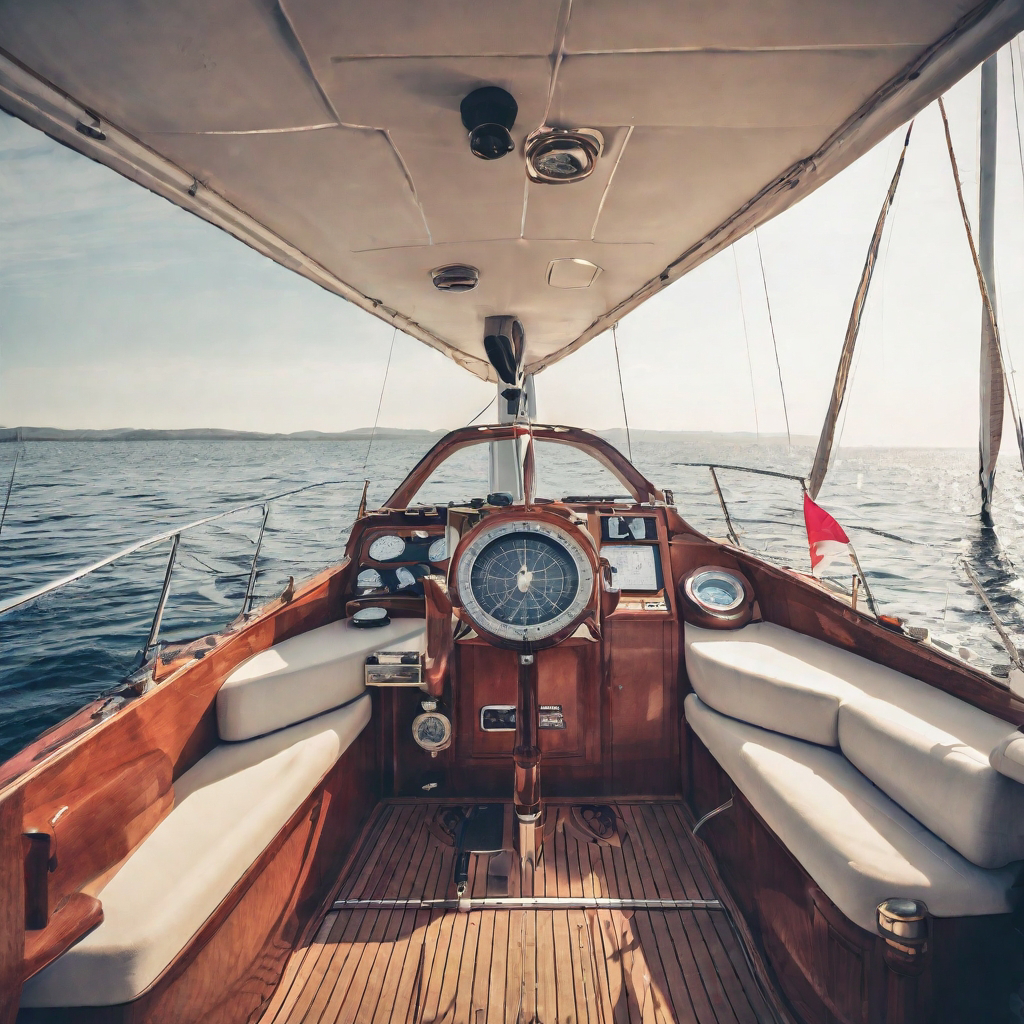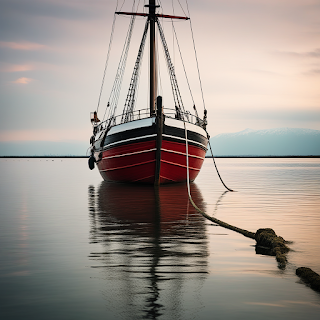Weather conditions to consider in yachting
Weather conditions play a crucial role in yachting, as they can significantly impact safety, comfort, and the overall experience on the water. Here are some key weather conditions to be aware of:
1. Wind: Wind speed and direction are essential factors to consider when planning a yacht trip. They affect the yacht's speed, maneuverability, and the type of sailing conditions you may encounter. Understanding wind patterns and forecasts helps determine the appropriate sail setup and course selection.
- Light Winds: Light winds can make sailing challenging, especially for larger yachts. In such conditions, sailboats may require motor assistance to maintain adequate speed.
- Strong Winds: Strong winds can create exciting sailing conditions but also increase the level of difficulty. It's important to consider the yacht's capabilities, crew experience, and the potential for rough seas when dealing with strong winds.
2. Sea State: Sea state refers to the condition of the water's surface, including wave height, frequency, and direction. It is influenced by wind speed, duration, and fetch (the distance over which the wind blows). Understanding the sea state is crucial for planning a safe and comfortable journey.
- Calm Seas: Calm seas with minimal wave activity are ideal for smooth sailing and leisurely cruising.
- Moderate Seas: Moderate seas have slightly larger waves, usually resulting from moderate wind speeds. These conditions are generally manageable for most yachts.
- Rough Seas: Rough seas occur when winds are stronger and waves become more significant. It can lead to challenging sailing conditions, increased motion of the yacht, and potentially uncomfortable or unsafe situations.
3. Fog: Fog is a weather condition characterized by the presence of low-lying clouds near the Earth's surface, reducing visibility. Sailing in fog requires caution, as it can make navigation and collision avoidance more challenging. Proper navigation aids, such as radar and GPS, become even more critical in foggy conditions.
4. Precipitation: Precipitation includes rain, snow, sleet, or hail. It can impact visibility, deck conditions, and overall comfort. Being prepared with appropriate foul weather gear and ensuring proper deck drainage systems are in place is essential in rainy or snowy conditions.
5. Thunderstorms: Thunderstorms are characterized by cumulonimbus clouds, lightning, and thunder. They can bring strong winds, heavy rainfall, and potential hazards such as lightning strikes. It is crucial to monitor weather forecasts and seek shelter in a safe location if a thunderstorm is approaching.
6. Temperature and Humidity: Temperature and humidity levels can affect personal comfort on board. It's important to consider these factors when planning for appropriate clothing, ventilation, and sun protection.
To stay informed about weather conditions, it is recommended to consult reliable weather forecasts specifically tailored for marine activities. Pay attention to local weather stations, marine weather apps, and National Weather Service reports. Additionally, maintaining communication with fellow boaters, marinas, or local authorities can provide valuable real-time information on weather conditions in your area.
Always prioritize safety and exercise caution when venturing out on the water, especially in challenging weather conditions.



Comments
Post a Comment